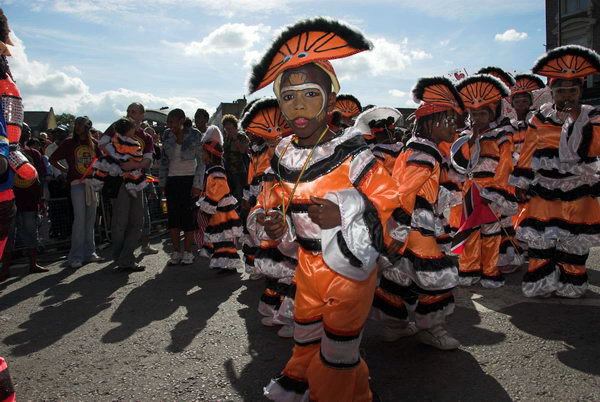
Chariot Festival, Olympic Site and Notting Hill. Sunday 27th August 2006, sixteen years ago was a busy day for me, travelling to East Ham to photograph a colourful Hindu festival, then on to Stratford for a short walk along the High Street and Bow Back Rivers, before taking the underground and ending up on Ladbroke Grove for the Children’s Day of the Notting Hill Carnival.
It was part of a very full few days for me, having got back to London after a couple of weeks in Paris and a few days with family in Beeston. Friday I’d put my folding bike on the train to Greenhithe and spent a day cycling around there and Swanscombe, Saturday I’d walked around 12 miles on the London Loop and after the events here on Monday I’d returned to Notting Hill for the carnival itself, after which I needed a few days rest. The text here is taken from My London Diary – with a few corrections, appropriate capitalisation and some additional comments. There are some more details in the captions on the picture pages of these events.
Sri Mahalakshmi Temple Chariot Festival – East Ham
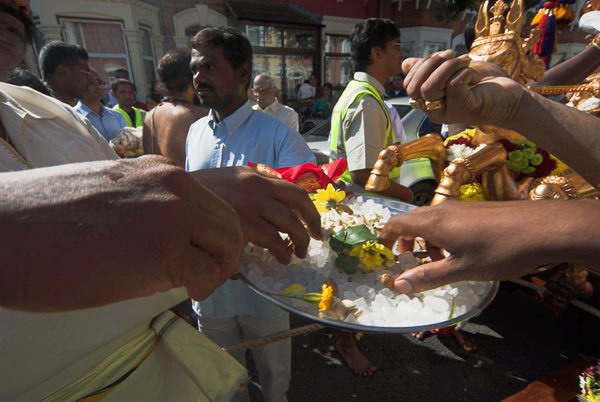
Sunday morning found me in East Ham, where the Hindu Sri Mahalakshmi Temple was holding its chariot festival. It was a colourful and friendly event, but I soon felt I’d taken enough pictures and left.
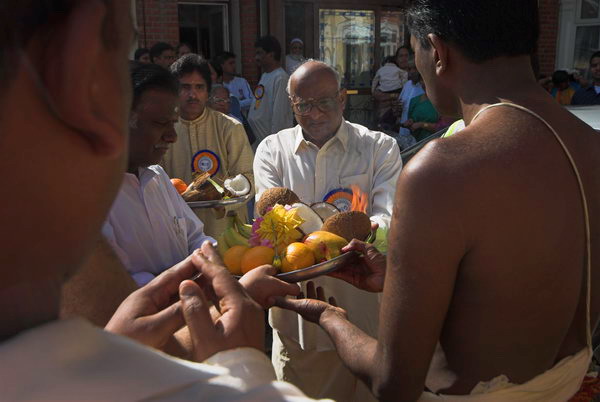
It’s hard to show the flames when the offerings of food are made to the god, and difficult to catch the colour of the occasion.
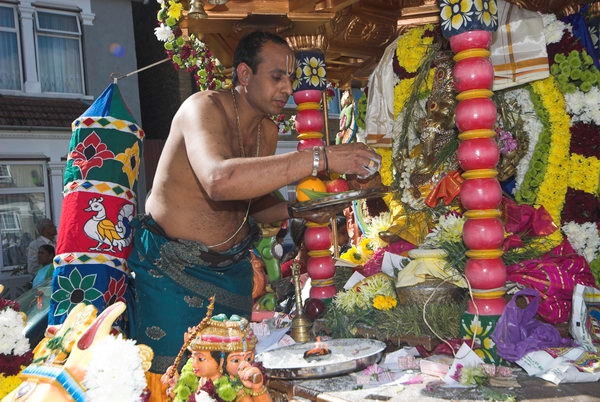
Lea Navigation and Bow Back Rivers – Stratford
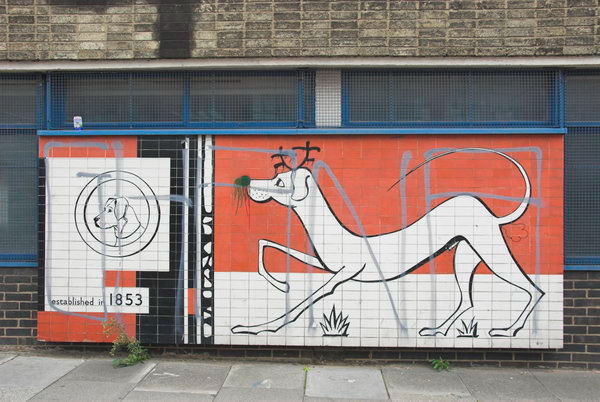
On my way back from East Ham I stopped off at Bromley-by-Bow and walked up to Stratford High Street and along the rivers and channels there.
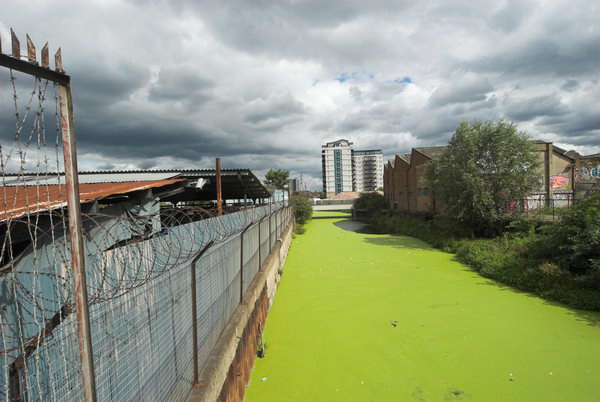
Parts were so thickly covered with bright green growth that they looked as if I could have walked along them.
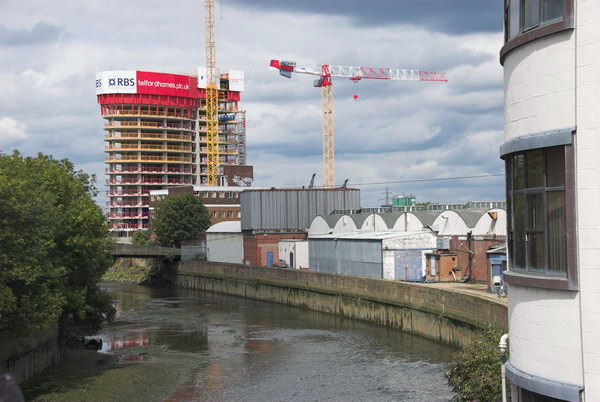
There was another site demolished on the high street, with new housing starting to go up.
Notting Hill Carnival – Childrens Day – Notting Hill
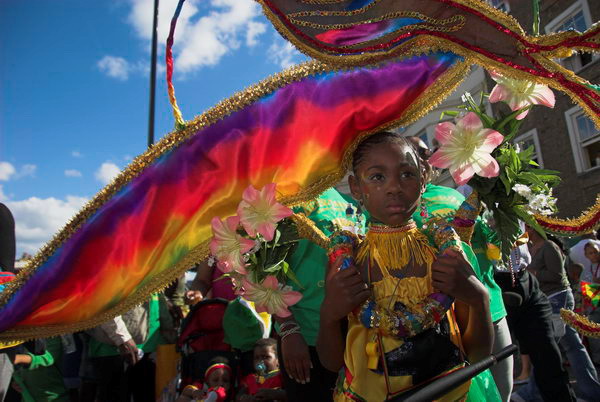
But the big event of August is always Notting Hill Carnival, and I was there both on the Sunday afternoon for Childrens’ Day and for the main event on the Monday, shooting both black and white film and colour digital.
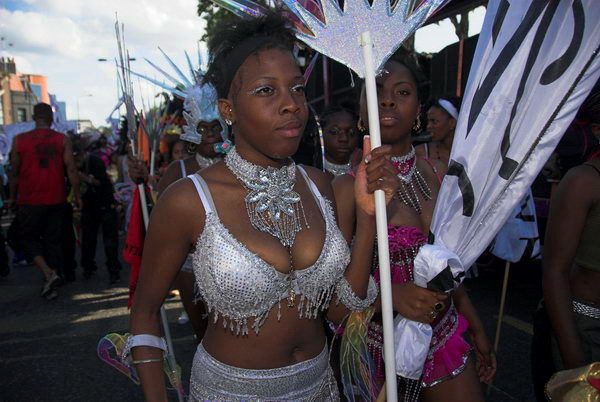
[I noted back in 2006 that when I would get round to processing the black and white film is “anyone’s guess”. I think it was around ten years later that I finally admitted I wasn’t going to develop the chromogenic black and white films myself and the chemicals were probably past their best and I sent them for commercial processing. Though by then I wasn’t sure whether I had taken them in 2006 or 2007. But back to my 2006 post.]
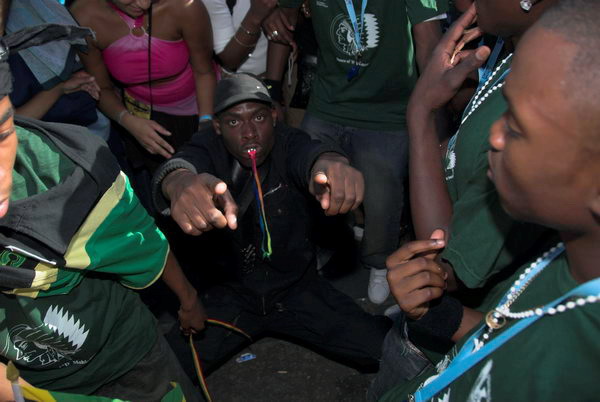
Perhaps it’s because I’m getting older, but I didn’t get the same buzz from this year’s event as in previous years, though most of the same things seemed to be around.
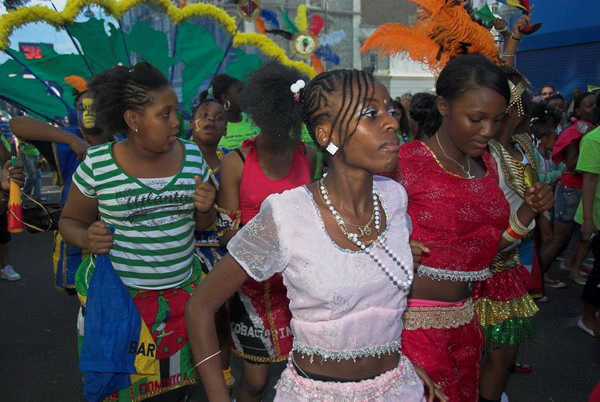
Perhaps this was the problem; most of them did seem to be the same, two years on from when I last photographed the event. Last year, 2005, I tried to go, dragging myself to the station with a knee injury, but the pain was too much to continue. This year my knee held out, though I was glad to sink into a seat on the Underground at Latimer Road at the end of the day.
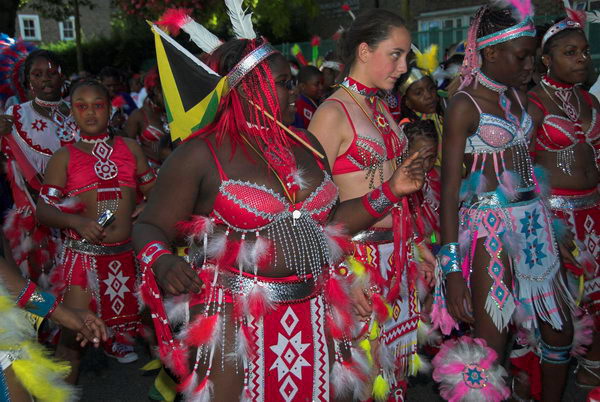
I didn’t take many colour pictures on Children’s Day, and most weren’t of children, and I think I probably didn’t stay long, but there are many more on the pages which follow on from there taken the following day.














